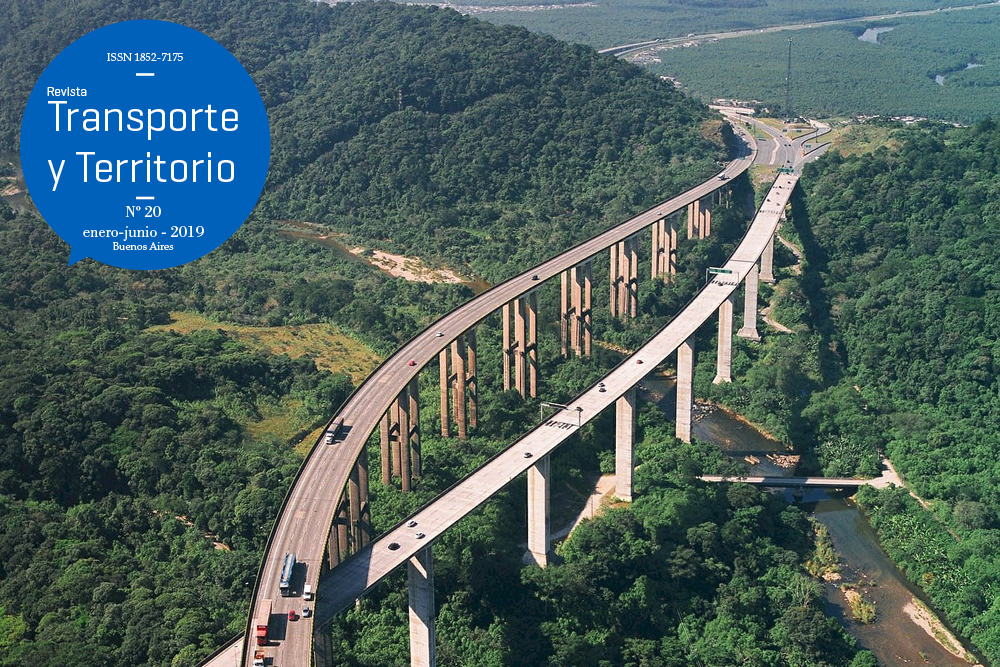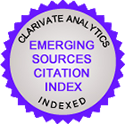Public investment and urban capital gains. Spatial analysis and non-linear effects between the proximity to the subway network and house prices in Buenos Aires
Keywords:
real-estate market, urban capital gains, public transport, spatial econometrics
Abstract
As regards the capture and recovery of urban capital gains, one of the requirements for the design of public policy is the identification not only of the measure of the effect but also of the universe of affected properties as a result of urban development. In this article, the selling offers of apartments in Buenos Aires are analyzed in relation to its localization and distance to the subway network. Furthermore, for the first time a non-linear hedonic price model with spatial dependence is implemented in order to show the impact over real-estate market using a new dataset of selling prices. The presence of a non-linear effect of the price per square meter based on the distance to the subway stations is verified, negative for the range between 0 and 200 meters (-5%) and positive for the range of 300 to 600 meters (+3,6%). In addition, a detailed description of the current heterogeneities between subway lines is included, stressing the differences in the spatial distribution of house prices, partially determined by the attributes (v.g. vigilance, swimming pool, gym) of the buildings in the different neighborhoods of the city.Downloads
Download data is not yet available.
Published
2019-04-01
How to Cite
Rosanovich, S. A., & Di Giovambattista, A. P. (2019). Public investment and urban capital gains. Spatial analysis and non-linear effects between the proximity to the subway network and house prices in Buenos Aires. Revista Transporte Y Territorio, (20), 307-337. https://doi.org/10.34096/rtt.i20.6394
Section
Artículos

1.jpg)

3.png)























